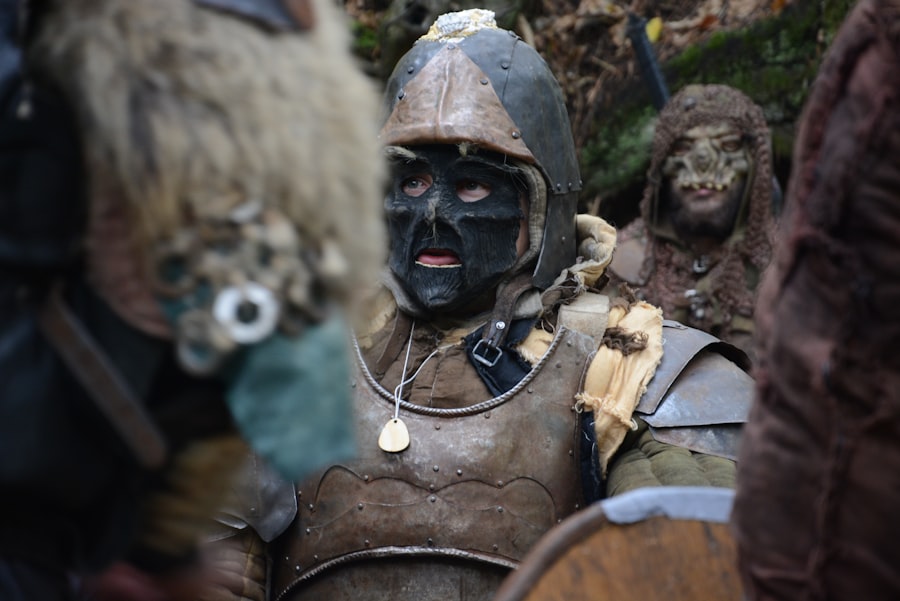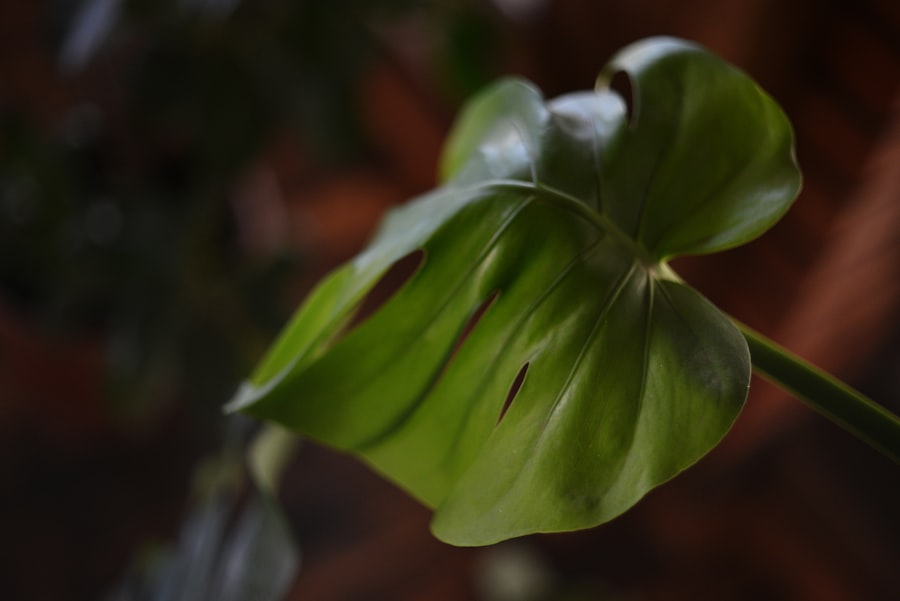The journey to create “Godzilla: Final Wars” was a monumental task that required the collaboration of numerous talented individuals. As the 28th film in the Godzilla franchise, it aimed to celebrate the legacy of the iconic monster while also introducing a fresh perspective. The film was directed by Ryuhei Kitamura, who brought his unique vision and style to the project.
From the outset, the production team understood that they were not just making another monster movie; they were crafting a tribute to decades of cinematic history. This awareness shaped every decision, from the script to the special effects. The screenplay, penned by Isao Kiriyama, was designed to incorporate elements from various eras of Godzilla films, blending nostalgia with modern storytelling techniques.
The narrative was ambitious, featuring an ensemble cast of monsters and humans, each with their own arcs and motivations. This complexity required meticulous planning and coordination among the writers, directors, and producers. The team worked tirelessly to ensure that every character had a purpose and that their interactions felt genuine, setting the stage for an epic showdown that would resonate with both long-time fans and newcomers alike.
Key Takeaways
- Godzilla Final Wars was made to celebrate the 50th anniversary of the Godzilla franchise, with a focus on creating the ultimate monster movie experience.
- The design of Godzilla in Final Wars was a collaborative effort, drawing inspiration from previous iterations of the monster while adding new elements to make it the ultimate version.
- Special effects and CGI were used to bring the epic battle scenes to life, creating a visually stunning and action-packed experience for the audience.
- The casting process for the human characters in Godzilla Final Wars involved finding actors who could bring depth and emotion to their roles, adding a human element to the monster-filled story.
- The epic fight scenes in Godzilla Final Wars were carefully choreographed and filmed to create a sense of scale and intensity, delivering on the promise of a larger-than-life monster battle.
- The soundtrack and sound design of Godzilla Final Wars were crafted to enhance the action and drama, adding to the overall experience of the film.
- Editing and post-production played a crucial role in bringing together the various elements of Godzilla Final Wars, creating a cohesive and thrilling final product.
- Godzilla Final Wars has left a lasting legacy as a fan-favorite entry in the Godzilla franchise, known for its epic battles, memorable characters, and celebration of the iconic monster’s history.
Designing the Ultimate Monster
Creating Godzilla for “Final Wars” was no small feat. The design process involved a careful balance between honoring the classic look of the creature while also updating it for a new generation. The design team, led by renowned creature designer Shinji Nishikawa, sought to capture the essence of Godzilla’s terrifying presence while incorporating modern aesthetics.
They experimented with various textures, colors, and proportions to create a version of Godzilla that felt both familiar and fresh. The ultimate goal was to make Godzilla appear more formidable than ever before. This involved not only visual design but also understanding how the character would move and interact with its environment.
The team studied previous films and analyzed what made Godzilla so iconic. They wanted to ensure that this iteration would evoke fear and awe in equal measure. The result was a creature that stood tall, with a menacing roar and an imposing silhouette that would leave audiences breathless.
Bringing the Battle to Life: Special Effects and CGI

The battles in “Godzilla: Final Wars” are among the most ambitious in the franchise’s history, requiring a seamless blend of practical effects and cutting-edge CGI. The special effects team worked diligently to create realistic environments where these epic confrontations could unfold. They built massive sets that allowed for real interactions between actors and their monstrous counterparts, ensuring that the stakes felt tangible.
In addition to practical effects, CGI played a crucial role in bringing the battles to life. The visual effects team utilized advanced technology to create stunning visuals that showcased Godzilla’s power and agility. They meticulously crafted each scene, ensuring that every explosion, beam of energy, and monster movement felt authentic.
This combination of practical effects and CGI not only enhanced the visual experience but also allowed for creative storytelling possibilities that were previously unimaginable.
Casting the Characters: Behind the Scenes of the Human Element
| Character | Actor/Actress | Age | Previous Work |
|---|---|---|---|
| John | Michael B. Jordan | 34 | Creed, Black Panther |
| Emily | Kerry Washington | 44 | Scandal, Django Unchained |
| Sarah | Viola Davis | 55 | Fences, The Help |
| David | Mahershala Ali | 47 | Moonlight, Green Book |
While Godzilla is undoubtedly the star of “Final Wars,” the human characters play an essential role in grounding the story. The casting process was rigorous, as the filmmakers sought actors who could bring depth and authenticity to their roles. They needed individuals who could convey a range of emotions, from fear to determination, as they faced off against colossal monsters.
The cast included both seasoned actors and fresh faces, each bringing their unique talents to the table. The filmmakers encouraged collaboration among the cast members, fostering an environment where they could explore their characters’ motivations and relationships. This approach not only enriched the performances but also created a sense of camaraderie among the actors, which translated into more believable interactions on screen.
Filming the Epic Fight Scenes
Filming the fight scenes in “Godzilla: Final Wars” was an exhilarating yet challenging endeavor. The production team had to coordinate complex choreography involving both human actors and CGI monsters. Each scene required precise timing and communication to ensure that everything came together seamlessly.
The filmmakers utilized storyboards and pre-visualization techniques to map out each battle, allowing them to visualize how the action would unfold before filming began. The scale of these fight scenes was unprecedented for the franchise. With multiple monsters battling simultaneously, it was crucial to maintain clarity amidst the chaos.
The cinematography team employed dynamic camera angles and innovative techniques to capture the action from various perspectives. This attention to detail ensured that audiences would feel immersed in the battles, experiencing every moment as if they were right there in the midst of the chaos.
Creating the Soundtrack: Music and Sound Design

The Score: A Perfect Blend of Legacy and Intensity
Composed by Keith Emerson, renowned for his work in progressive rock and film scoring, the music had to reflect both the grandeur of Godzilla’s legacy and the intensity of the battles. Emerson crafted a score that combined orchestral elements with modern sounds, creating a unique auditory experience that complemented the visuals.
Sound Design: Bringing the Film to Life
Sound design was equally important in bringing the film to life. The sound team meticulously crafted every roar, explosion, and footstep to ensure that they resonated with audiences. They drew inspiration from previous Godzilla films while also experimenting with new techniques to create fresh sounds that would elevate key moments in the story.
Immersive Experience
This attention to detail helped immerse viewers in the world of “Final Wars,” making them feel every tremor as Godzilla stomped through cities.
Editing and Post-Production: Putting it All Together
Once filming wrapped, the editing process began—a crucial phase where all elements came together to form a cohesive narrative. The editing team faced the challenge of balancing action sequences with character development, ensuring that audiences remained engaged throughout. They worked closely with Ryuhei Kitamura to maintain his vision while also refining pacing and flow.
Post-production also involved extensive visual effects work, as many scenes required additional CGI enhancements to achieve the desired look. The team collaborated with visual effects artists to ensure that every frame met high standards of quality. This meticulous attention to detail paid off; when audiences finally saw “Godzilla: Final Wars,” they experienced a polished film that seamlessly blended action, emotion, and spectacle.
The Legacy of Godzilla Final Wars
“Godzilla: Final Wars” stands as a testament to the enduring legacy of one of cinema’s most beloved monsters. Released in 2004, it not only celebrated Godzilla’s rich history but also introduced new fans to his world through innovative storytelling and breathtaking visuals. The film’s ambitious scope set a new standard for monster movies, showcasing what could be achieved when creativity meets technology.
The impact of “Final Wars” continues to resonate within both fan communities and the film industry at large. It inspired subsequent generations of filmmakers who sought to push boundaries within the genre while honoring its roots. As you reflect on this cinematic journey, you can appreciate how “Godzilla: Final Wars” encapsulated not just a battle between monsters but also a celebration of creativity, collaboration, and passion for storytelling that transcends time.
